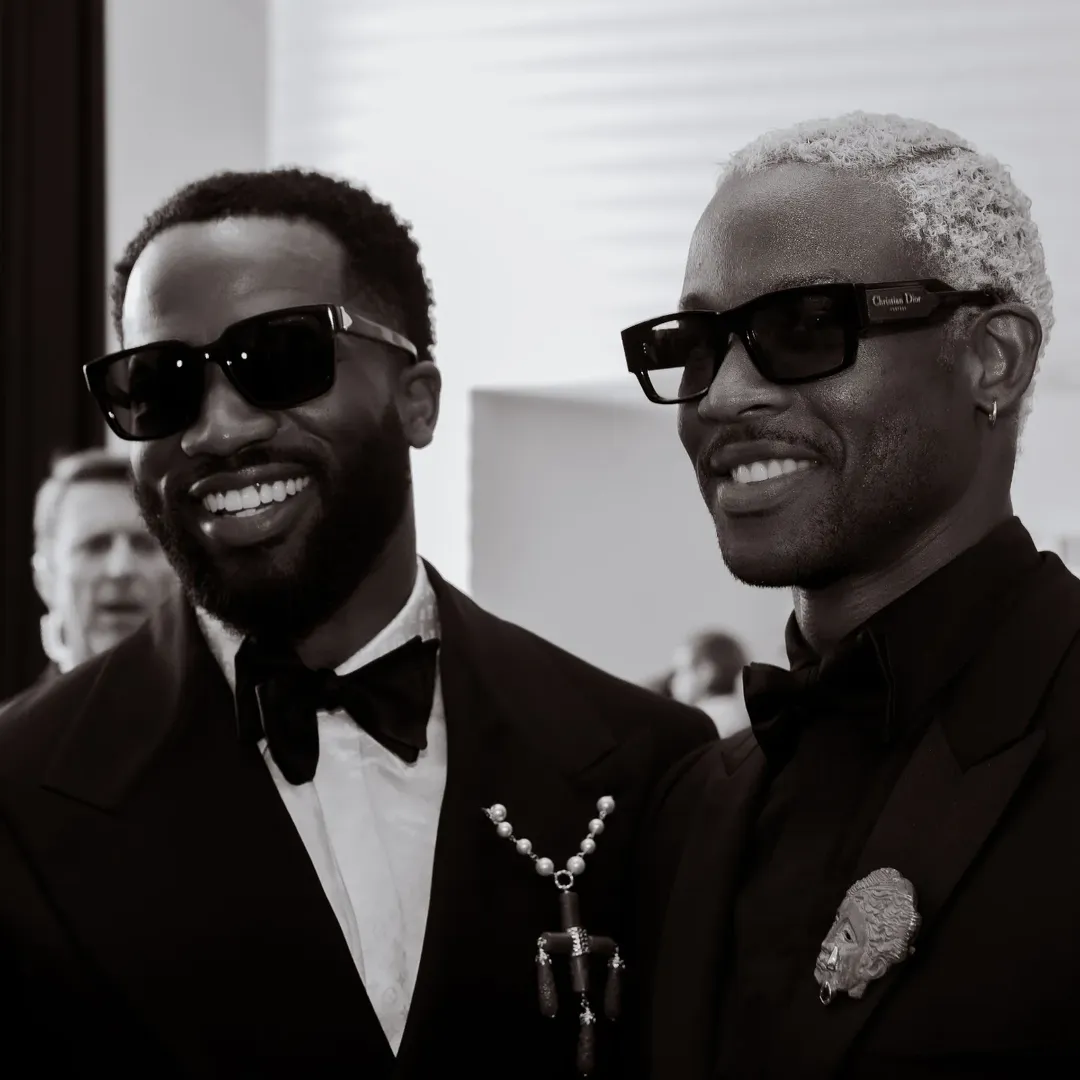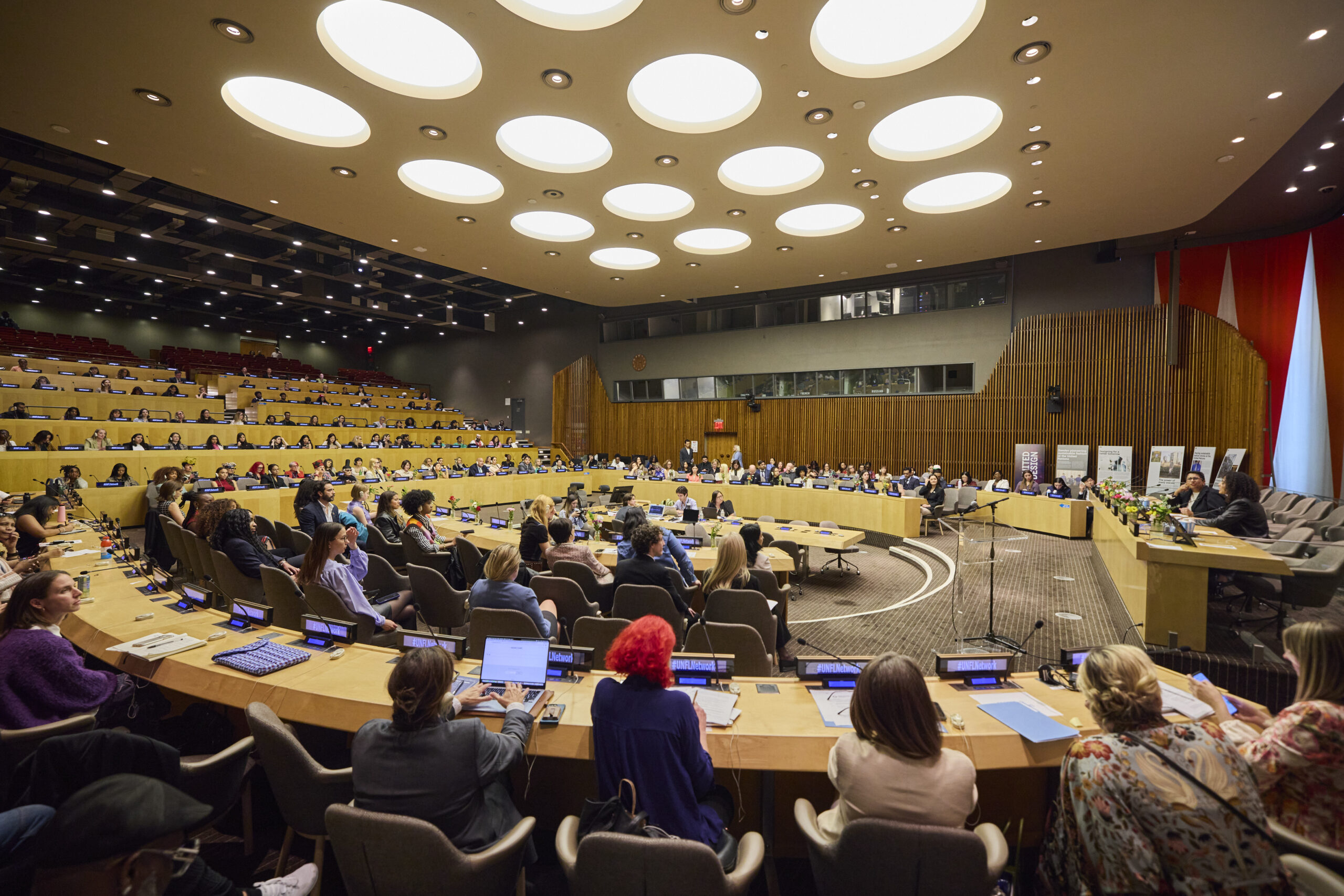
Once considered the domain of religious and conservative values, modest fashion has undergone a dramatic transformation — becoming one of the most expressive and innovative style movements among African youths today. It is evident across major cultural capitals like Lagos, Dakar, and Addis Ababa, young Africans are reimagining what it means to dress modestly. Though this shift might appear rooted in restriction or repression, it is in fact a creative pursuit. For many, covering up is not about withdrawing from modernity but about rewriting the rules of participation within it. So, how did modest fashion go from the fringes of tradition to the center of urban youth culture?
From Margins to Mainstream

The answer lies in a convergence of aesthetic evolution, digital platforms, religious pride, and socio-political consciousness. The global modest fashion movement gained serious momentum in the mid-2010s, particularly among Muslim influencers in the UK, Southeast Asia, and the Middle East. African youths — always keen cultural curators — began engaging with these aesthetics on platforms like Instagram, Pinterest, and later TikTok, not as passive consumers but as active participants, adapting the looks to local climates, silhouettes, and traditions. Meanwhile, the rise of fashion weeks, local media, and influencers helped legitimize modest dressing as fashionable rather than “old-fashioned.”
The Faith Factor — But Make It Fashion
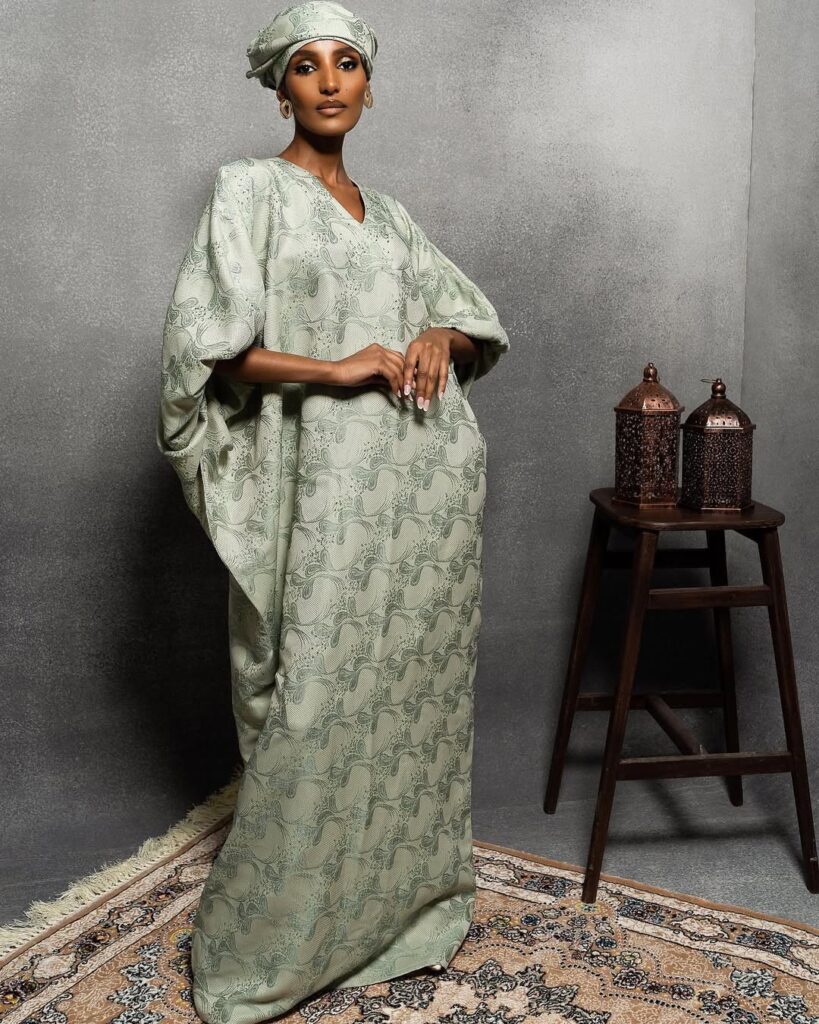
In Muslim-majority regions, modesty has always been a cultural norm but over the years, new twists to being fashionable have been included by influencers and designers, for more expressive purposes. Designers like Ejiro Amos Tafiri, Amina The Label, and Wannifuga in Nigeria are blending abayas, hijabs, and long-sleeved dresses with luxe fabrics and bold colors.
In East Africa, designers like Moshions in Rwanda are crafting modest silhouettes infused with cultural symbolism. Moshions, founded by Moses Turahirwa, focuses on tailored, floor-length looks inspired by traditional Rwandan menswear and contemporary geometry.
The result? A booming modest fashion ecosystem with dedicated brands, influencers, and even modest fashion weeks. Platforms like Instagram and TikTok have allowed African modest fashion influencers to connect with global Muslim style icons from Indonesia, the Middle East, and the UK — while still retaining a distinctly African aesthetic. Whether it’s flowing boubous in Dakar or minimalist maxi skirts in Johannesburg, modesty is going viral.
The Bubu Trend: Modesty in Motion
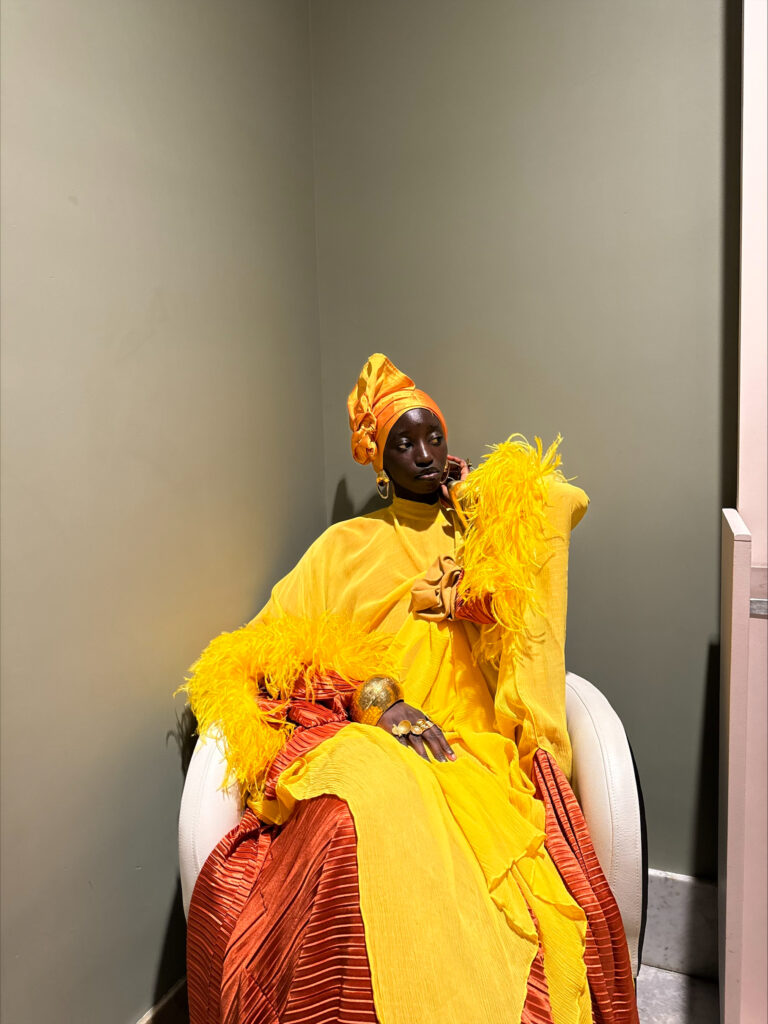
Few garments in African fashion carry as much cultural weight and aesthetic grace as the boubou — popularly known as the bubu. Once associated with older generations, it has made a full-fledged comeback among African youths. The Bubu is a wide, flowing gown, across cultures, it’s known by various names — Grand Boubou in Senegal, Agbada in Nigeria (for men), and Kaftan in some contexts — the women’s version is often a floor-length robe with loose sleeves and billowing sides, sometimes cinched slightly at the waist. Its beauty lies in its volume — the way it moves, glides, and covers with a deliberate softness that doesn’t sacrifice sophistication. Today’s Bubu trend has been embraced by young African women who want to honor tradition while looking effortlessly stylish. Contemporary Bubus come in luxurious fabrics like silk, chiffon, satin, lace, and organza, and are often adorned with embroidery, crystals, or batik patterns and can be worn with sneakers.
A trend that is currently unfolding in Nigeria is men increasingly turning to Bubu styles for pre-wedding events — and it’s redefining how masculinity, celebration, and culture can coexist in fashion.
A Shift from Rebellion to Reimagination
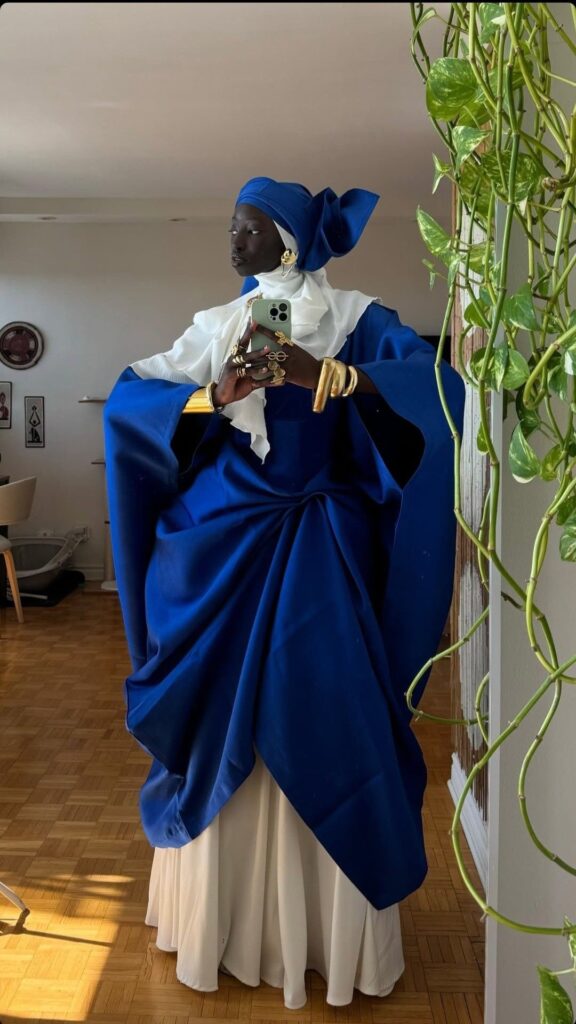
In recent years, a quiet revolution has emerged, led by Gen Z and millennials who are rethinking what visibility and power can look like. Modesty, far from being retrograde, has become a conscious fashion statement that challenges assumptions about beauty, freedom, and autonomy.
Marième Mboup, a textile exploration artist and stylist, has been one of those championing this emergence with her eccentric styling. The stylist found her way to the fashion industry in 2021 after she took part in a photoshoot which her sister, Aminata, had encouraged her to. She began as a model, a career she says that lasted three years before she took a break. But while modelling, she realized that she didn’t really enjoy it.
“What I enjoyed most was being surrounded by beautiful garments during runways — seeing the passion in the eyes of the designers as they created. That was when I realized that I didn’t have a passion for modeling, but a passion for clothing, and started learning and working as a stylist,” she says
By 2023, she started to wear more modest clothing which she would style with pins. And from there, she began working as a stylist, developing her own technique principally in draping, which is the main technique she uses today in her expressive outfit and her projects.
More than ever, Marième’s is heavily inspired by her Senegalese heritage. “I try to focus on identity and how it can be presented through looks and garments,” she tells Guzangs. “I think of the traditional attire I saw growing up — the energy, the stances, the silhouettes. That influence shows up often in my work and personal style.
Her journey as a stylist has been one she describes as very resourceful and has taught her a lot of things, including the chance to work on many projects with different directions and creatives that aligned with her, an opportunity that has been a learning experience for her. However, she adds that while there has been much representation of modest fashion in the media lately, it might not ever become a trend.
“I’m not sure if modest fashion will become a trend. I think people that do dress within that category are being more represented and that ‘s the reason why we’re seeing more of us on social media. People are also experimenting more within their modesty and finding creative ways to dress while respecting their limitations.” she says.
The Future of Modest Fashion in Africa
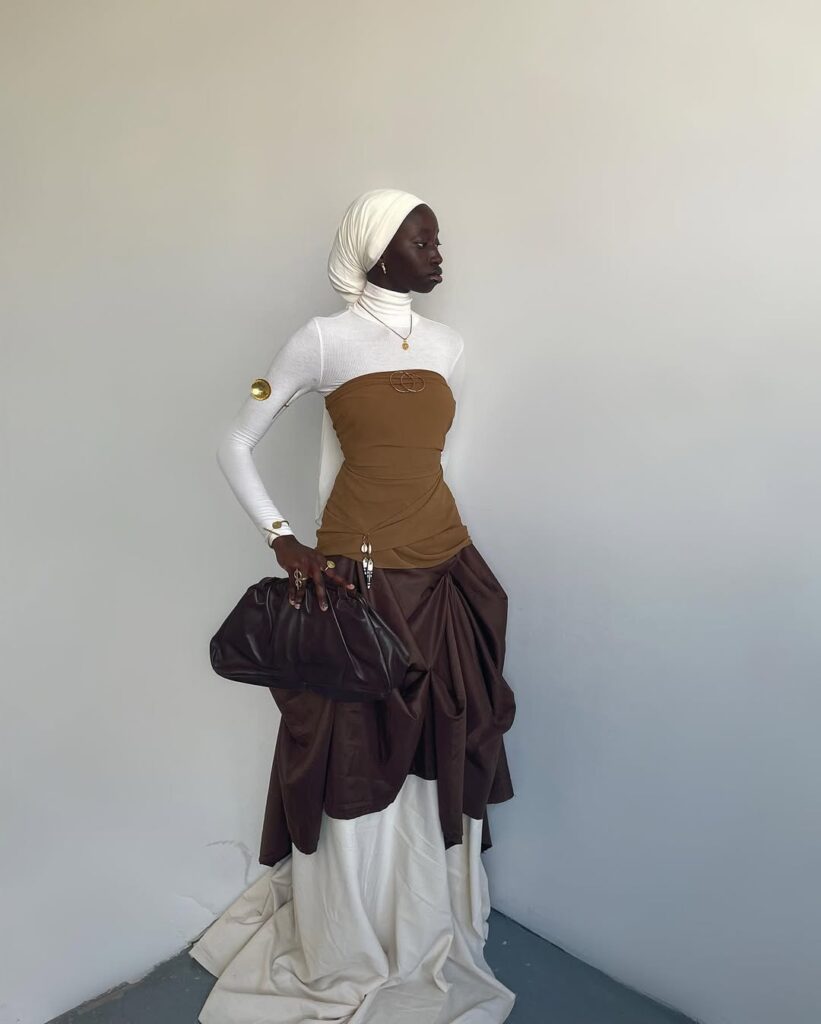
African modest fashion isn’t a monolith. It’s fluid, diverse, and rapidly evolving. From Afrocentric headwraps to neo-traditional tailoring, the styles are as varied as the continent’s cultures. What unites them is a shared sense of intentionality — dressing with purpose, pride, and presence.
In an era obsessed with the hyper-visible, African youths are showing that there’s power in discretion and freedom in choosing your own form of expression. Modesty isn’t going anywhere, and it’s never looked this good.
Get stories like this in your inbox. Sign up for the Guzangs newsletter to discover more African creatives redefining heritage, style, and identity.



